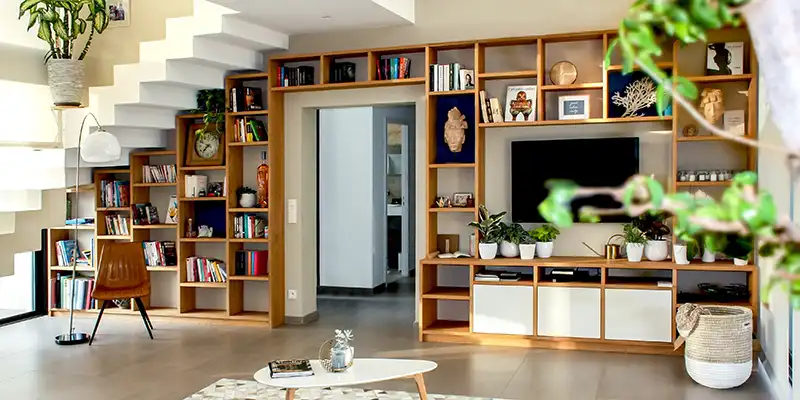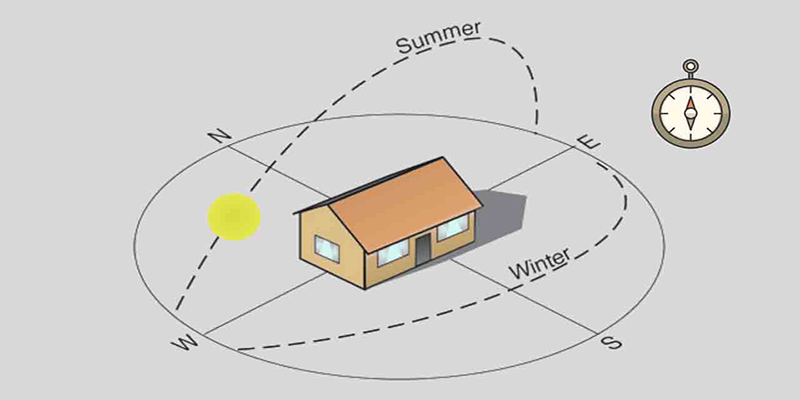Factors Involved in Modern Houses
Modern homes are a reflection of contemporary lifestyle and design aesthetics. These homes are characterized by their clean lines, minimalism, and use of modern materials. They are designed to be functional, energy-efficient, and sustainable. With the rapid pace of technological advancements, modern homes are becoming more accessible and affordable to the general public.
Modern house features
Eco-Friendliness
Modern homes are well-suited for technological and eco-friendly upgrades, incorporating sustainable building materials and energy-efficient practices. They often feature flat roofs to accommodate solar power. A new trend is decorating each room with plants for a calming, soothing effect. Large windows are abundant in modern architecture, allowing light to fill and expand the interior space, bringing the natural world indoors.
To discover inspiring and attractive ideas for home exterior design, check out the article

Make Spaces Multifunctional
Multifunctional living spaces are a foundational element of modern homes. Built-in storage is commonly used to reflect this multi-purpose, space-saving design. This approach enhances the utility of each space in a home, creating an environment where everything has a purpose.

Open concept
Modern design strives to “open” the space by eliminating enclosed rooms. A common design method is to combine the kitchen and dining room into an open living area, allowing the spaces to flow into one another.
For example, one of the defining characteristics of modern homes is open floor plans, where most of the common rooms (living room, dining room, kitchen) flow into one another without separation by walls.

Orientation of the site
One of the most important considerations for reducing the energy consumption of a home is how the structure is oriented on a site. By taking into account where sunlight is coming from and allowing that to inform the orientation of the home, it becomes possible to drastically reduce the amount of energy needed to heat or cool the residence.

Energy Efficient Materials
High-quality insulation can help keep a home warm in the winter and cool in the summer, reducing the need for heating and air conditioning. Low-emissivity windows are coated with a thin layer of metal that reflects heat, keeping a home cooler in the summer and warmer in the winter. Solar panels are a popular choice for homeowners who want to generate their own electricity and reduce their reliance on the grid. LED lighting is more energy-efficient than traditional incandescent bulbs, reducing energy costs and improving the lifespan of light fixtures.

Indoor Plants
In modern homes, plants are used not just as decorative elements, but as integral parts of the design. They can be strategically placed to improve air circulation, enhance privacy, or serve as natural focal points. Some modern homes even incorporate built-in planters or vertical gardens for a more dramatic effect.
However, the incorporation of nature in modern homes goes beyond plants. Natural elements like wood, stone, and water are often used in the architecture and interior design to create a calming, grounded environment. This can range from wooden furniture and stone countertops to water features and maximizing natural light.


